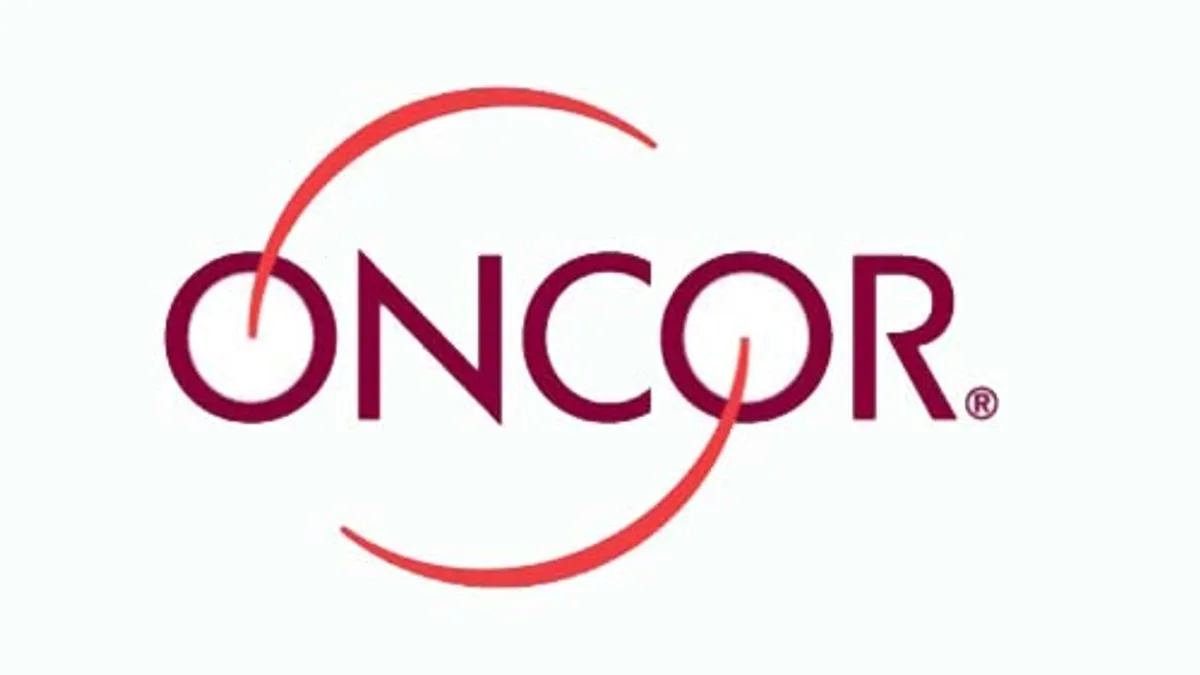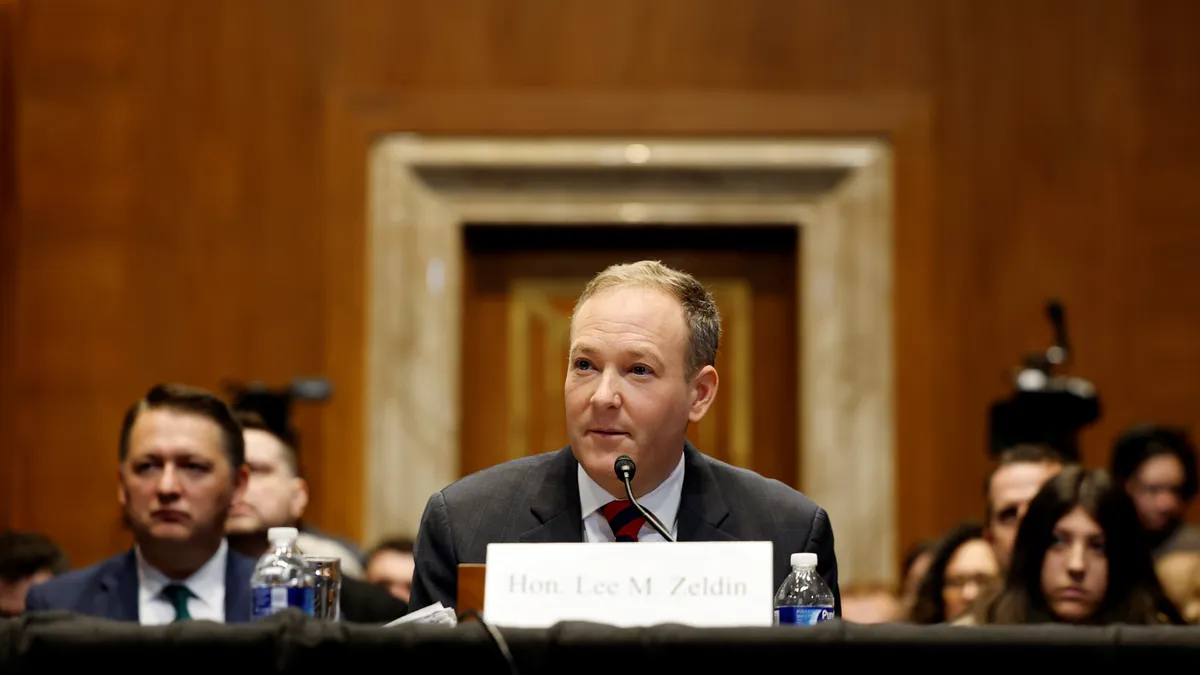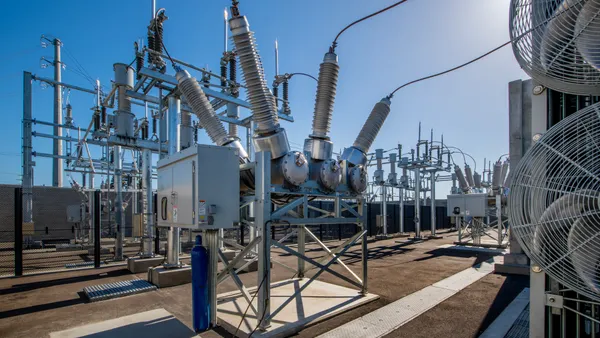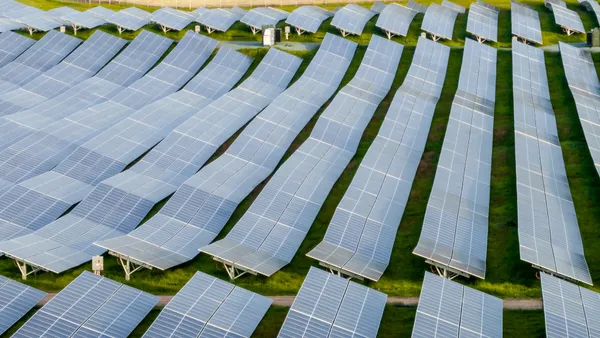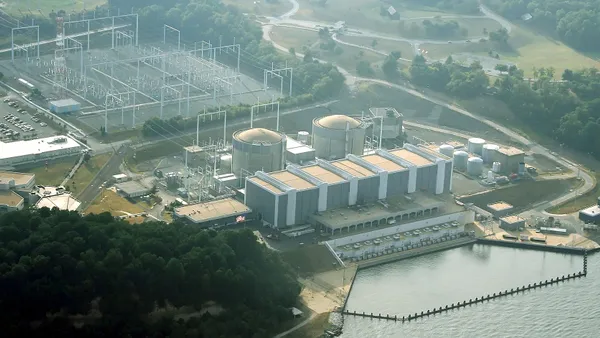Dive Brief:
- Sempra Energy is seeking full ownership over Energy Future Holdings, parent company of Texas distribution utility Oncor. On Wednesday it laid out 47 commitments and a new financing structure it plans to file with state regulators, which would translate into an 80% stake in Oncor.
- Under its new financing structure, Sempra plans to fund 65% of the $9.45 billion deal with its equity and 35% with debt. The company noted "this simpler and more conservative financing approach will eliminate the EFH debt as well as third-party equity."
- Sempra also proposed ring-fence protections for Oncor that would separate it financially from the parent company. The application also preserves Oncor's board independence, maintains its current management team, supports its five-year, $7.5 billion capital investment plan and shield its customers from transaction costs. The deal is expected to close in the first half of 2018 after clearing regulatory and legal hurdles.
Dive Insight:
Sempra Energy is the latest in a string of applicants vying for Energy Future Holdings and its subsidiary Oncor, the largest T&D utility in Texas. Sempra swooped in with its $9.45 billion bid after EFH abandoned one from Warren Buffett's Berkshire Hathaway Energy in August.
The first suitor of this year, NextEra Energy, made three attempts to woo state regulators after clearing a series of other federal and legal approvals to acquire Oncor Electric for $18 billion, but ultimately failed to gain their approval. NextEra sought to rework Oncor's ringfencing provisions to give it access to dividends from the regulated utility, but regulators balked at both attempts.
Sempra is clearly learning from NextEra's example, proposing stronger ring-fencing safeguards and promising to preserve Oncor's management structure in this latest application. It also weeded out third-party equity to craft a stronger balance sheet, said Jeffrey W. Martin, executive vice president and chief financial officer of Sempra Energy, in a statement.
Oncor is widely viewed EFH's prized asset and key to the EFH's bankruptcy plan. It is the sixth-largest T&D utility in the United States, serving more than 10 million Texas residents.


